ISO Ways to Protect Trees from Critters
Pamchesbay
15 years ago
Related Stories

HOUSEKEEPINGProtect Your House From Winter Water Damage
Avoid costly repairs by learning to spot potential problem areas before water damage is done
Full Story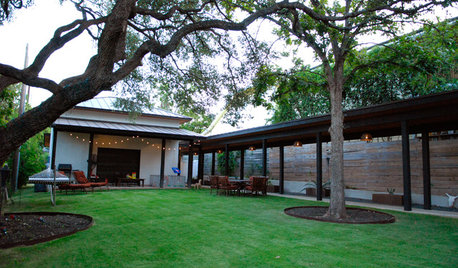
TREESHow to Protect Your Trees When You’re Remodeling or Building
Will your home be undergoing construction this year? Be sure to safeguard your landscape’s valuable trees
Full Story
GARDENING GUIDESHow to Keep Your Trees Healthy
Ensure your trees’ vigor for years to come with these tips for protecting roots, watering effectively and more
Full Story
LIFEHow to Outsmart Backyard Critters
Learn to think like a raccoon, skunk or squirrel to keep your home safe and your garden intact
Full Story
REMODELING GUIDES5 Ways to Protect Yourself When Buying a Fixer-Upper
Hidden hazards can derail your dream of scoring a great deal. Before you plunk down any cash, sit down with this
Full Story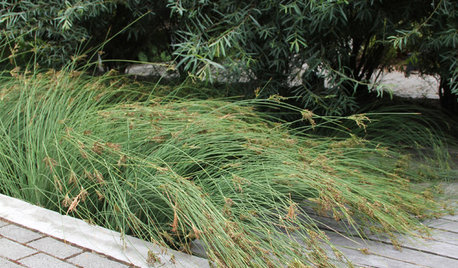
GARDENING GUIDESProtect a Precious Resource With a Rain Garden
Promote pure water and a beautiful landscape with a garden design that makes the most of the rain
Full Story
FENCES AND GATESA Deer Fence Can Be Decorative as Well as Protective
You need a monster-size fence to shelter your garden from deer, but it doesn’t have to look like a monstrosity
Full Story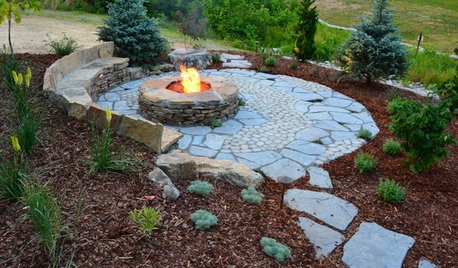
HOLIDAYS10 Ways Your Christmas Tree Can Live On After the Holidays
Learn how to recycle your Christmas tree and reap benefits for the environment
Full Story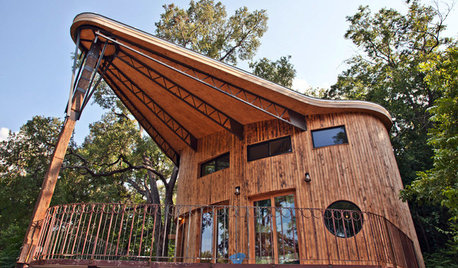
HOUZZ TOURSMy Houzz: A Reclaimed Wood House Rises From the Trees
Scorched siding, thoughtfully repurposed furnishings and a connection to both family and nature shine in this designer's new build
Full Story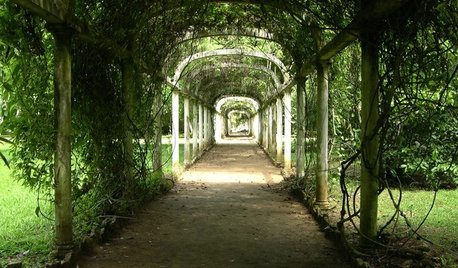
GARDENING AND LANDSCAPINGCreate Nests: Treat Yourself to a Protected Walkway
Turn a garden path into an exploration of inviting nooks and beautiful views
Full Story




User
MissSherry
Related Discussions
Does Cat protect your vege garden and orchard from critters?
Q
any good way to protect blossoms from late frost?
Q
protecting trellissed vegetables from critters
Q
protecting my garden from critters
Q
johnstaci
alabamatreehugger 8b SW Alabama
ken_adrian Adrian MI cold Z5
spruceman
rosefolly
lkz5ia
hankg_gw
alabamatreehugger 8b SW Alabama
spruceman
MissSherry
PamchesbayOriginal Author
ken_adrian Adrian MI cold Z5
sbeuerlein
User
PamchesbayOriginal Author
spruceman
spruceman
PamchesbayOriginal Author
sbeuerlein
PamchesbayOriginal Author
spruceman
MissSherry
spruceman
hankg_gw
ken_adrian Adrian MI cold Z5
bengz6westmd